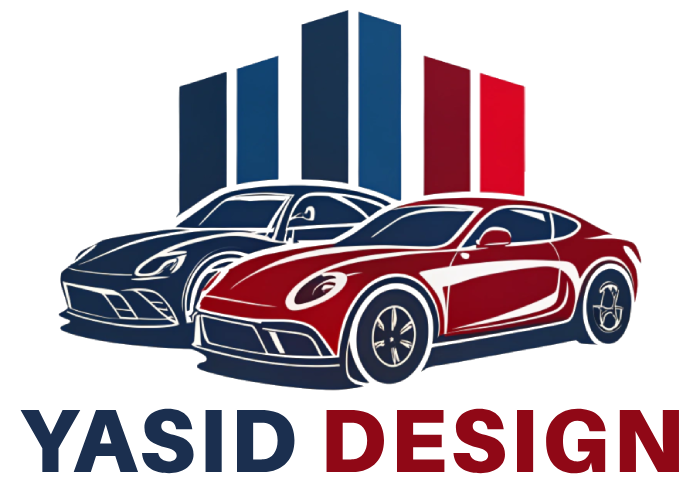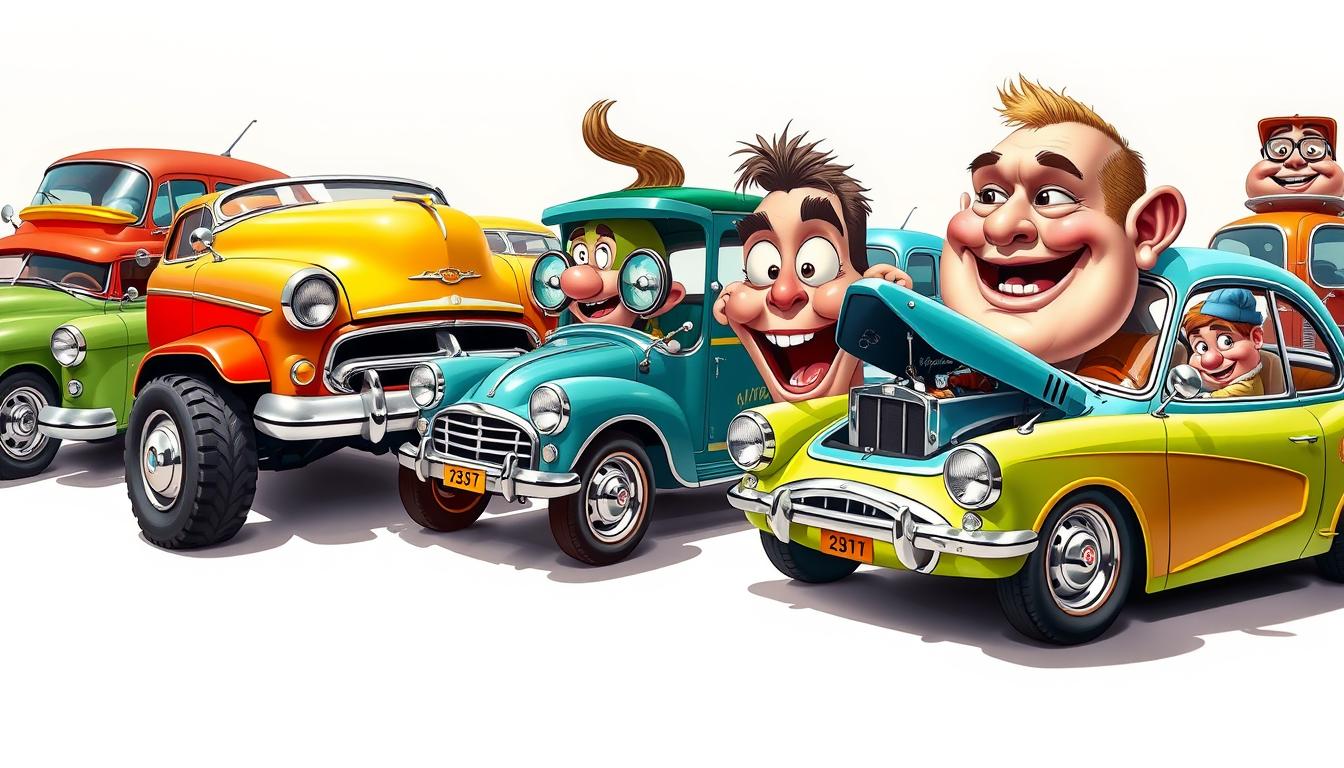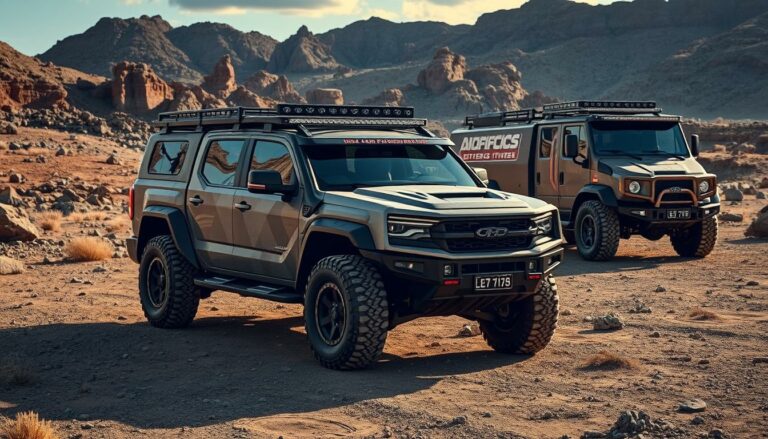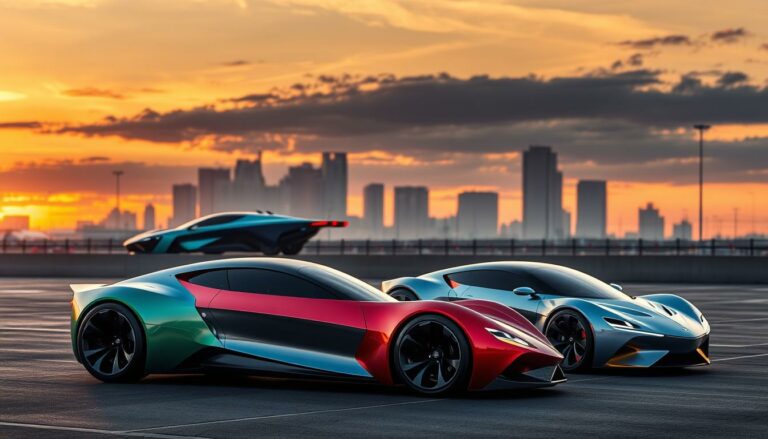Caricatures have long served as a playful commentary on society, and their evolution into the realm of automotive art represents an interesting chapter in the history of caricatures. As vehicles became an integral part of daily life, caricature artists began to incorporate them into their works, reflecting modern culture, humor, and personal expression through artistic interpretation. The journey of automotive caricatures not only showcases the evolution of automotive art but also highlights the synergy between art and automotive culture. Understanding this transformation helps illuminate the remarkable impact that these whimsical creations have on our perception of vehicles and the broader automotive industry.
Origins of Caricatures in Art
The history of caricatures reveals a fascinating evolution in artistic expression. This playful yet insightful art form emerged prominently in the 18th century, characterized by exaggerated representations designed to critique and comment on societal norms. Early caricature artists were instrumental in shaping this genre, using humor to address significant social issues of their time.
The Early Influence of Caricature Artists
Pioneers like Honoré Daumier and George Cruikshank played crucial roles in the establishment and popularity of the caricatures art form. Their work often focused on political and social satire, highlighting the follies of leaders and the struggles of the common people. Through their distinct styles, these artists amplified voices that were frequently silenced, marking a shift towards more democratic forms of expression.
Caricatures Before Automobiles: A Brief Overview
Before the advent of the automotive era, pre-automotive caricatures provided a crucial foundation for the future of caricature art. Artists portrayed figures from various walks of life, creating a visual dialogue that resonated with the public. This period set the stage for the humorous exaggerations that would eventually apply to cars and their cultural implications.
| Artist | Era | Style | Influence |
|---|---|---|---|
| Honoré Daumier | 19th Century | Political Satire | Social Commentary |
| George Cruikshank | 19th Century | Rhythmic Line Work | Humor and Critique |
| James Gillray | Late 18th Century | Graphic Exaggeration | Political Influence |
The Evolution of Caricatures in Automotive Art
The transition from traditional caricatures to automotive-themed caricatures marks a significant shift in the creative landscape as automobiles emerged as cultural icons in the 20th century. This evolution reflects both societal changes and artistic innovation, leading to unique forms of expression that captured the essence of car culture and its enthusiasts.
Transition from Traditional to Automotive Caricatures
As society’s fascination with automobiles grew, artists began to incorporate them into their caricatures. The automotive art evolution witnessed a blending of traditional caricature techniques with themes focused on vehicles. This shift created new opportunities for modern caricature artists to explore and exaggerate characteristics specific to cars and driving culture. The once-lighthearted depictions of people transformed as these artists embraced the automobile’s role in everyday life, from luxury status symbols to essential means of transportation.
Key Artists Who Shaped Automotive Caricature Trends
Several key artists have played a pivotal role in defining the landscape of automotive-themed caricatures. Edward Koren and Charles Addams are among those who significantly influenced the genre. Their distinctive styles combined humor with a critical eye on car culture. Koren’s whimsical approach often highlighted the quirky relationship people have with their vehicles, while Addams offered a darker, satirical perspective on automotive life. These contributions not only enriched the evolution of automotive art, but also set the stage for contemporary artists to further experiment with this fascinating intersection of art and automotive culture.
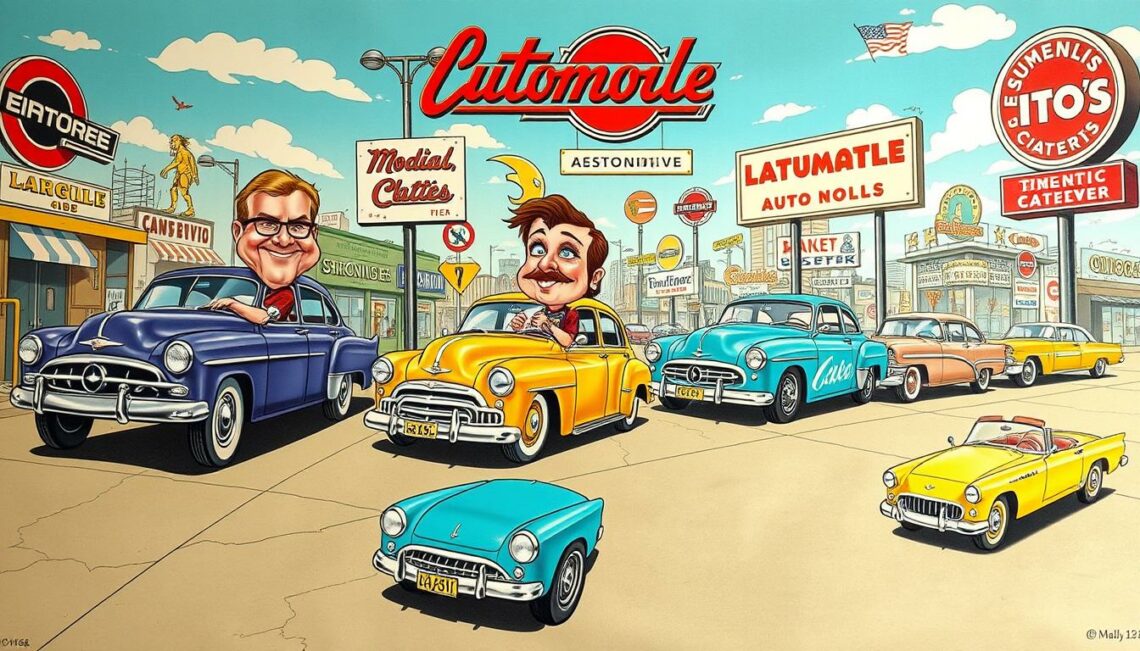
Modern Trends in Automotive Caricature Art
Automotive caricature art continues to evolve significantly, driven predominantly by digital innovations. These advancements have revolutionized the way artists create and distribute their work, making the art form more accessible to a wider audience. The integration of digital caricature tools offers artists new avenues to express their creativity, allowing them to experiment with various modern caricature styles that resonate with contemporary audiences.
Digital Innovation and Its Impact on Caricature Art
The rise of digital platforms has changed the landscape of automotive caricature significantly. Artists now utilize various digital caricature tools facilitating quick production and high-quality output. This technology empowers creators to produce intricate details and unique styles, which enhances the viewing experience. With the increased accessibility of software, anyone can learn automotive caricature techniques, contributing to a vibrant community of budding artists.
Popular Styles and Techniques in Today’s Automotive Caricatures
Today’s automotive caricature is characterized by diverse styles and techniques that attract various audiences. Here are some notable trends:
- Vector Art: This style promotes cleanliness and precision, appealing to those who appreciate contemporary automotive art.
- 3D Caricatures: Utilizing advanced software, artists create stunning three-dimensional representations that offer a fresh perspective on classic automobiles.
- Minimalistic Designs: Focusing on essential elements, these styles capture the essence of cars while remaining visually striking.
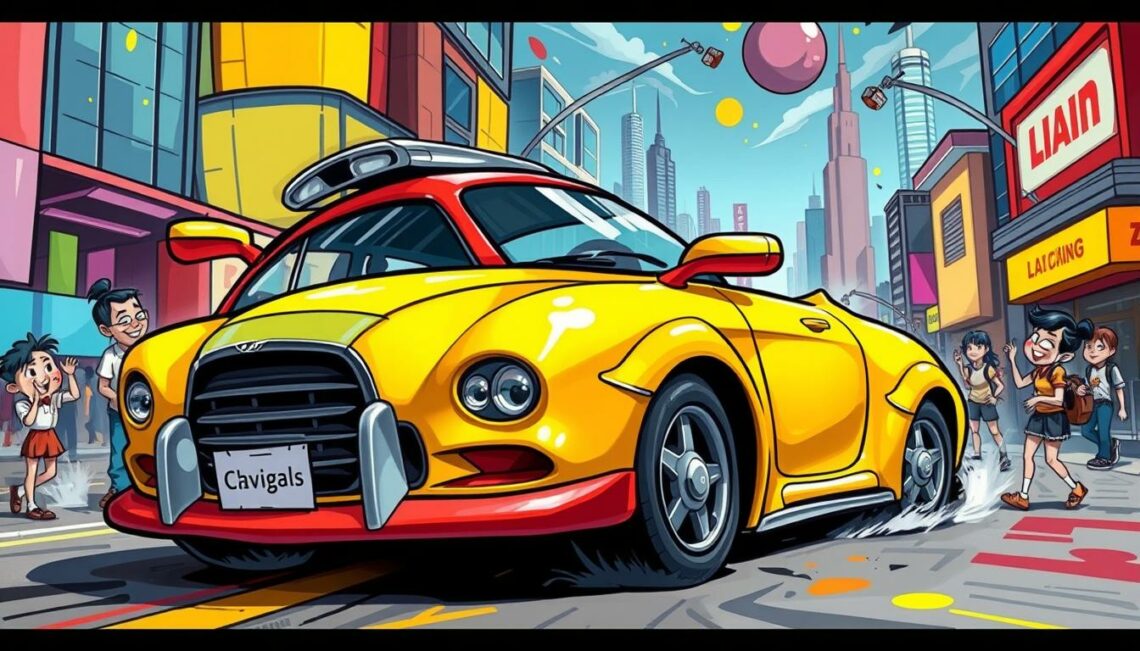
The blend of technology with traditional artistry illustrates the ongoing transformation within the automotive caricature realm. As digital tools become increasingly sophisticated, artists will likely continue to explore uncharted artistic territories, creating a thrilling landscape for automotive caricature aficionados.
| Style | Description | Key Techniques |
|---|---|---|
| Vector Art | Clean and sharp designs using mathematics to maintain high quality. | Bezier curves, layers, and color gradients. |
| 3D Caricatures | Three-dimensional representations enhancing depth and realism. | Mesh modeling, rendering, and shading. |
| Minimalistic Designs | Focus on essential elements for a streamlined visual effect. | Negative space and bold lines. |
The Cultural Impact of Caricature Art on the Automotive Industry
The cultural significance of caricature art transcends mere illustration, acting as a mirror reflecting societal views and trends within automotive culture. From the beginnings of the automotive revolution to the present day, caricatures have encapsulated consumer attitudes, environmental concerns, and the emergence of electric vehicles. By transforming cars into exaggerated forms, artists not only entertain but also provoke thought about the implications of our automotive choices and lifestyles.
Historically, the impact of caricature art on cars has been profound. Artists have captured the essence of the automotive experience, turning vehicles into symbols of freedom, status, and even environmental stewardship. As societal attitudes towards automobiles evolve, so too does the art, often depicting the tension between consumerism and sustainability. This artistic evolution creates a cyclical relationship where societal reflections in automotive art shape both public perception and artistic direction.
Ultimately, caricature art serves as an engaging dialogue within the auto industry, blending humor with commentary. By encapsulating the zeitgeist of their times, these artworks reflect not just our love for cars, but also our evolving cultural narratives. The interplay between caricature artists and the automotive industry continues to grow, paving the way for fresh interpretations that resonate deeply with car enthusiasts and casual observers alike.
